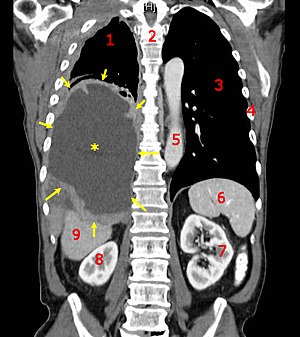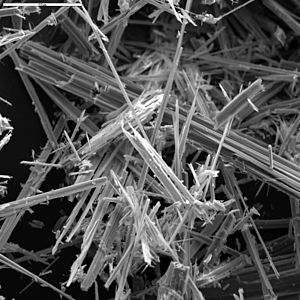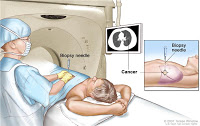Mesothelioma or cancer of the mesothelium is a rare disease that invades the lining of tissue surrounding vital organs. The cells of the mesothelium become abnormal and divide without control or order and can attack nearby tissues and organs. Cancer cells can also metastasize or spread from their original site to other parts of the body. Most cases of mesothelioma begin in the pleura or peritoneum.
Mesothelioma is very hard to diagnose and treat. Because of the aggressive nature of mesothelioma and the difficulty to control, the National Cancer Institute (NCI) sponsors clinical trials or research studies with people designed to find new mesothelioma treatments. The clinical trials also try to find better ways to use current treatments. Generally speaking, doctors conduct clinical trials to find out whether the treatment is safe for patients and effective against the disease. The clinical trials are done before the treatment is ready for general use. Participation in clinical trials is an important consideration for treatment options for patients diagnosed with mesothelioma.
The first inquiry in taking part in a clinical trial for a mesothelioma patient should be with their doctor. Another resource for finding more information about mesothelioma clinical trials is the Cancer Information Service (CIS) with the NCI. The CIS maintains a cancer information database to identify and provide detailed information about specific ongoing clinical trials. The CIS can be contacted by calling 1-800-4-CANCER. Another resource is NCI’s clinical trial web page located on the Cancer.gov Web site, located at http://www.cancer.gov/clinicaltrials. This web page provides general information about clinical trials. To find a detailed list of mesothelioma clinical trials go to ClinicalTrials.gov. Patients, of course, also have the option of searching for clinical trials on their own.
 Asbestos & Mesothelioma Law Blog
Asbestos & Mesothelioma Law Blog






